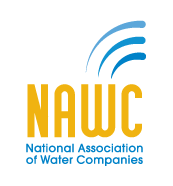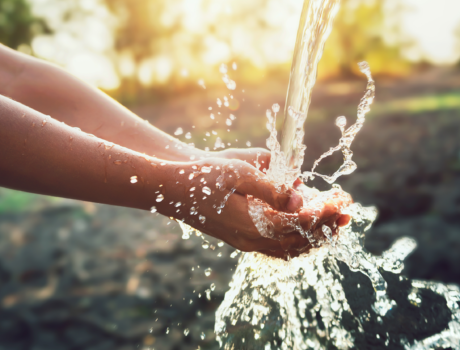In the summer of 1969, the Cuyahoga River, which runs from Akron to Cleveland, Ohio, was so contaminated by pollution from manufacturing companies along the river that it caught on fire for the 13th and final time. By then, there were no fish or living species in the water.
Fast forward to today, and fish caught on the river are now declared safe to eat by federal environmental regulators. More than 70 species now thrive in the once-polluted river, and recreational activities such as boating, kayaking, and fishing have returned to their shores.
How did the river make such a remarkable comeback? The public outcry over the industrial pollution on the Cuyahoga, as well as other waterways across the country, helped spur the passing of laws that became known as the Clean Water Act (CWA). The landmark legislation includes measures to help protect the nation’s waters including streams, lakes, and rivers from pollution.
Let’s discuss more about what the CWA is and why it plays an important role in benefiting our drinking water, aquatic life, recreation, and public health.
What Is the Clean Water Act?
The basis of the Clean Water Act was established in 1948 as the Federal Water Pollution Control Act and was the first major legislation introduced by the federal government to address water pollution in the country’s waterways.
Its name changed in 1972 to the Clean Water Act after sweeping amendments were added to help further combat water pollution. Over the years, the Environmental Protection Agency (EPA) has implemented further water pollution control programs such as wastewater standards for the industry, and developed national water quality criteria recommendations for pollutants in surface waters.
Why Is the CWA Important?
Before the development of the Clean Water Act more than 50 years ago, there was little oversight and consequences for dumping toxic pollutants into waterways, which caused many plants and industrial facilities to freely dump pollutants into nearby waterways. The CWA gave the authority to regulate pollutant discharges into waterways and to implement pollution control programs, such as creating wastewater standards. Studies have shown significant improvements in the contamination of U.S. waterways in the decades following the passing of the legislation.
The CWA provides legal authority for states to implement water-quality standards in waterways to protect the quality of water for drinking, agriculture, recreation, and wildlife. The overall goal is to protect and restore the physical, chemical, and biological integrity of waterways.
How Effective Has the CWA Been?
The Clean Water Act has largely been a success, as it has prevented billions of gallons of pollution from entering streams and rivers. The most success has come in reducing point source pollution into lakes, rivers, and streams. Point sources can include man-made ditches or pipes which dump toxic pollutants from factories, plants, and sewage treatment plants into navigable waters. The NPDES Permit Program helps control water pollution by regulating point sources that discharge pollutants into waterways.
The opposite of point source pollution, nonpoint source pollution occurs when water runoff carries pollutants into rivers, streams, lakes, wetlands, and even groundwater.
However, despite the many successes of the CWA, work still needs to be done. Many waterways, including rivers, lakes, streams, and wetlands across the country, are still heavily polluted.
How Can You Help Protect Water Quality?
You can help protect the integrity of the waterways in your community by staying informed about the latest water quality standards in your state, territory, or tribe, according to the EPA. Click here to learn about the water quality standards in your state.
When water quality standards are updated, hearings must be held where the public can express concerns or make recommendations. You can also take part in volunteer activities in your community, which can include stream cleanups, a household hazardous waste diversion program, and tracking the condition of your local waterways to assess their overall health.
Indiana American Water Is Committed to Water Safety
Indiana American Water continues to protect your water supply from all types of contaminants that pose potential health effects and environmental health concerns, including emerging ones just recently discovered. We place a strong focus on acting as stewards of our environment. In Indiana, we participate in activities and outreach efforts that help communities protect their watersheds and educate customers on how to use water wisely. We are committed to acting sustainably by reducing our greenhouse gas emissions, recycling our precious resources, including water, and protecting the biodiversity of local waterways. You can learn more about these ideas and programs on our website at www.indianaamwater.com.



